A Curry a day, to keep the joint pain away?
A look into Curcumin for Joint Support.
TL;DR
This is a long and detailed article, so here's the quick table of contents:
- Curcumin's Benefits (there are several)
- How it works, with a discussion on inflammation (intense science up ahead!)
- Human research studies that were dramatically successful
- Curcumin Supplements: How to buy the best one for your budget and needs
- Preferred Curcumin Supplement: NutraBio Curcumin Advanced
- Curcumin Dosage
- Stacking with other bone and joint supplements for maximum relief
Otherwise, keep reading -- there's a lot to cover:
What is Curcumin?
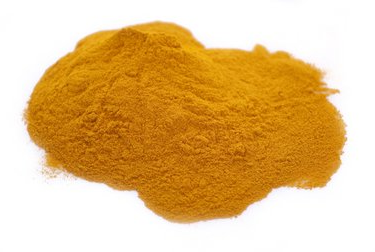
Experiencing some inflammation-based joint pain? Then you MUST try curcumin -- but you have to use the right kind for it to work. We discuss all the details here.
Curcumin is the active ingredient in Turmeric, a perennial plant of the Ginger family where it contributes the yellow pigmentation to Turmeric and Ginger roots.[1]
It has a history of being used in Hindu medicine for its ability to treat swelling and sprains – hardly surprising given its nature as a potent anti-inflammatory.[2] Even today, this ingredient is widely usgreated in Eastern countries to aid in a variety of ailments from healing skin lesions to relieving respiratory conditions.[2] Its popularity in this sense even prompted Johnson & Johnson to produce Turmeric Band-Aids for the Indian market.
Curcumin Benefits
In one study, curcumin resulted in a substantial decrease in inflammatory signs and improved movement around the joints.[8]
- Reducing inflammation[3,4]
- Reducing anti-oxidants[4,5]
- Reducing pain marker[6]
- Reducing effect of Osteoarthritis[7]
- Increasing circulating levels of Nitric Oxide (improving blood flow and heart function)[7]
- Potential suppressor of autoimmune diseases such as diabetes (type 1) and IBD[8]
In this article, we will explore curcumin's effects on providing joint support and relief.
Who will benefit?
After doing the research, it's surprising that curcumin isn't more frequently in the discussion for not only joint health, but overall health.
Because of the massive number of benefits, nearly anybody and everybody can benefit from Curcumin supplementation.
From those looking for pain relief from aching joints, to those looking to improve their health in general, there is really not much of a reason to not use Curcumin, so long as it's within your budget and you get your doctor's approval.
So how does Curcumin work exactly?
As it turns out, the primary reason curcumin was a popular ingredient in Ancient Chinese and Indian medicine is why it helps us today with joint relief. As opposed to other joint support ingredients which help in the remodelling process, curcumin is a potent anti-inflammatory which helps relieve the painful effects of inflamed joints and protect against potentially destructive behaviour of prolonged inflammation.[1,2,4,5]
So before we dig any deeper, let's take a look at what triggers inflammation, how inflammation begins and how it affects our joints.
What triggers inflammation
Curcumin alone resulted in a greater drop in inflammatory symptoms (pain and swelling) than [a certain NSAID].[13]
Most of us are no strangers to joint pain. Whether it's that dull ache in the shoulder during a bench press, an aching knee during a squat, or a sore hip when we walk, at one stage or another most of us will experience some form of joint pain.
In some cases it may pass in a matter of days, in other cases it may linger for weeks, months or years if left untreated.
In almost all cases, there is a degree of inflammation occurring at the joint which will affect our movement and cause pain.[4,5]
Most joint-related issues fall under the category 'chronic' as the aches persist for weeks rather than hours or days and thus will be the focus of this article.[4,5] The differences between acute (rapid occurring inflammation) and chronic (long term, low intensity but degenerative) will be covered in a later section.
How does inflammation occur?
Whenever something irritates our bodies, such as joint overuse, daily stress, and age, our bodies respond by directing white blood cells within nutrient dense blood to target the foreign substance in an attempt to remove it, stop the spread of the infection.[7] These white blood cells release signalling molecules which contribute to the inflammatory response and thus begin the healing process.
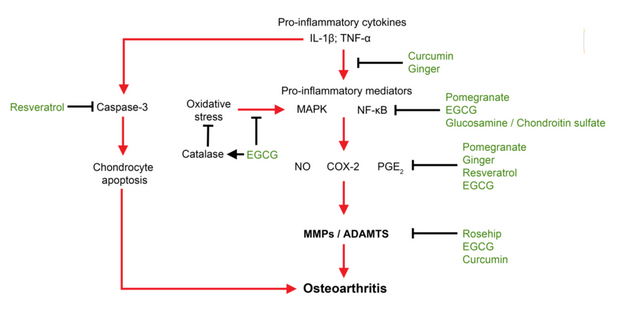
How curcumin (and some other ingredients discussed below) can affect the pro-inflammatory cytokines, discussed below
These signalling molecules are known as cytokines and include the pro-inflammatory Interleukin-6, Interleukin-8, monocyte inflammatory protein-1, Tumour necrosis factor alpha and a host of others.[7,9] It must be noted that inflammation is a necessary process for the defence of our bodies systems and if you have ever exercised, then you may be familiar with the stiffness that usually accompanies a workout which is a product of inflammation, however in some cases, it can work against us.[10,11]
So briefly, a cytokine is a broad term for signalling proteins that affect the behaviour of another cell. In the context of inflammation, these cytokines include:
- Interleukins
- Tumour necrosis factor alpha
- Monocyte inflammatory protein-1
Acute VS Chronic Inflammation
Earlier we mentioned that there were two forms of inflammation - the "short term" kind and the "long-term" kind. We discuss both, but we're really going to get into the one you care about most - the long-term kind (chronic inflammation!)
-
Acute Inflammation
Acute, as its name suggests, has rapid onset, tends to be sorted out quickly by the white blood cells neutrophils and macrophages, is generally considered mild but often rears its ugly head by becoming very red, sore and hot. Examples of this form is the aftermath of a cut or a stubbed toe.[7]
-
Chronic Inflammation
On the other hand, Chronic takes weeks, months or years to subside, is mostly attended by monocytes/macrophages and lymphocytes, is generally quite severe and can be very subtle.[7,10,11,12] Examples of this form are persistent injuries, arthritis or a chronic infection. With chronically inflamed joints, day to day function becomes extremely difficult and painful for the inflicted person.[7,10]
Inflammation is complicated, but your joint supplement doesn't have to be with curcumin. Image courtesy BioCarta
Chronic inflammation can be triggered in many various ways and instead of being beneficial like acute inflammation, it contributes to disease and age-related deterioration of the body.
Aging, stress, obesity, prolonged joint injuries and other lifestyle factors increase the amounts of circulating pro-inflammatory cytokines and contribute to the constant inflammation many people have, but may be unaware of.[7] The constant elevation of pro-inflammatory cytokines and prostaglandins also increase the levels of matrix metalloproteinases (MMPs) which destroy the cartilage around a joint.[7]
Matrix metalloproteinases (MMPs)
It must be noted that MMPs, under normal functioning conditions, play a key role in many different cellular functions, including joint health. Joint remodelling requires at least two key events to take place, one is breakdown (make room for new components) and the other is synthesis of new structural components. In the case of MMPs, these play an important role in breakdown structural components.[7] However in the case of chronic inflammation, MMPs are one of the primary causes of long term joint damage.
As this topic is very broad, we will focus specifically on chronic inflammations impacts at a joint.
So let's get back to how Curcumin can help: brace yourself for science!
Curcumin performs its role of inflammation reduction through a series of different, yet interrelated pathways. These are:
- Inhibition of Cytokine production[7,12]
- Down-regulating the activity of COX-2[7] (The same pathway as COX-2 inhibitors such as Ibuprofen*)
- Down-regulation of leukotrienes[7,12]
- Inhibition of inducible nitric oxide (iNOS)[7,11]
* Note that because curcumin uses the same pathways as ibuprofen, it's not recommended to take them together unless directed by a doctor. It could be used as a replacement for one of your ibuprofen doses, though. This is a situation where it's best if you see your doctor -- especially if you've been prescribed high-dose ibuprofen.
Let's break down what each of these do and how Curcumin interacts with these pathways.
-
Cytokines
Discussed below, Curcumin C3 Reduct is our preferred curcumin preparation for both cost and effectiveness.
Cytokines are signalling proteins released by macrophages that initiate the inflammation process. It is overexpression of these cytokines which leads to prolonged inflammation that we are trying to limit.
Curcumin suppresses cytokine production through activation and deactivation of other signalling proteins (activating 'activating protein-1' and deactivating NF-kB), which block inflammatory cytokine expression.
The result again is reduced inflammation.[1,7,10,12]
-
COX Enzymes
COX are enzymes that produce prostaglandins. Prostaglandins promote inflammation and cause the cardinal signs of inflammation: pain, swelling, redness and heat and if in a joint, movement impairment.
Curcumin down-regulates COX-2 expression through suppression of a protein known as nuclear factor kappa B. If nuclear factor kappaB cannot act on COX-2, then there would no inflammation.
As discussed above, for people that do not like the idea of long term NSAID use; curcumin may be a viable alternative.[1,7,8]
-
Leukotrienes
Leukotrienes are inflammatory mediators whose presence typically produces histamines and prostaglandins which also promote inflammation. Curcumin down-regulates the LOX pathway which produces Leukotrienes through suppression of nuclear factor kappa B. As above, the result is reduced inflammation.[1,7,9,12]
-
Macrophages and prostaglandins
Macrophages and prostaglandins release nitric oxide which increases the diameter of the blood vessels allowing a greater movement of blood into the tissue creating the typical red look as well as increasing swelling in the area.
Curcumin decreases the number of enzymes responsible for the production of nitric oxide thus reducing the swelling and redness of the inflamed site.[1,7,10,12]
It may seem like a complicated mess, but most of the pathways are actually interconnected which make understanding them, much easier. Pathways one to three all rely on cytokine expression before they can occur, as curcumin reduces cytokine expression, these three pathways have a reduced effect.
So what does all this mean exactly? Putting it all together
Excessive inflammation encourages prolonged cytokine release; in particular tumour necrosis factor alpha and Interleukin 1B which interact with the enzymes COX-2. COX-2 produces prostaglandins and matrix metalloproteinases (MMP) which contribute to the increase in joint swelling, inflammation and bone erosion through osteoclast activation; Osteo meaning bone and clast meaning broken.
In people developing severe joint conditions, an increase in MMPs means an increase in joint re-absorption and a decrease in bone formation. The net effect is damaged joints.[10,11]
Some human research to back it up
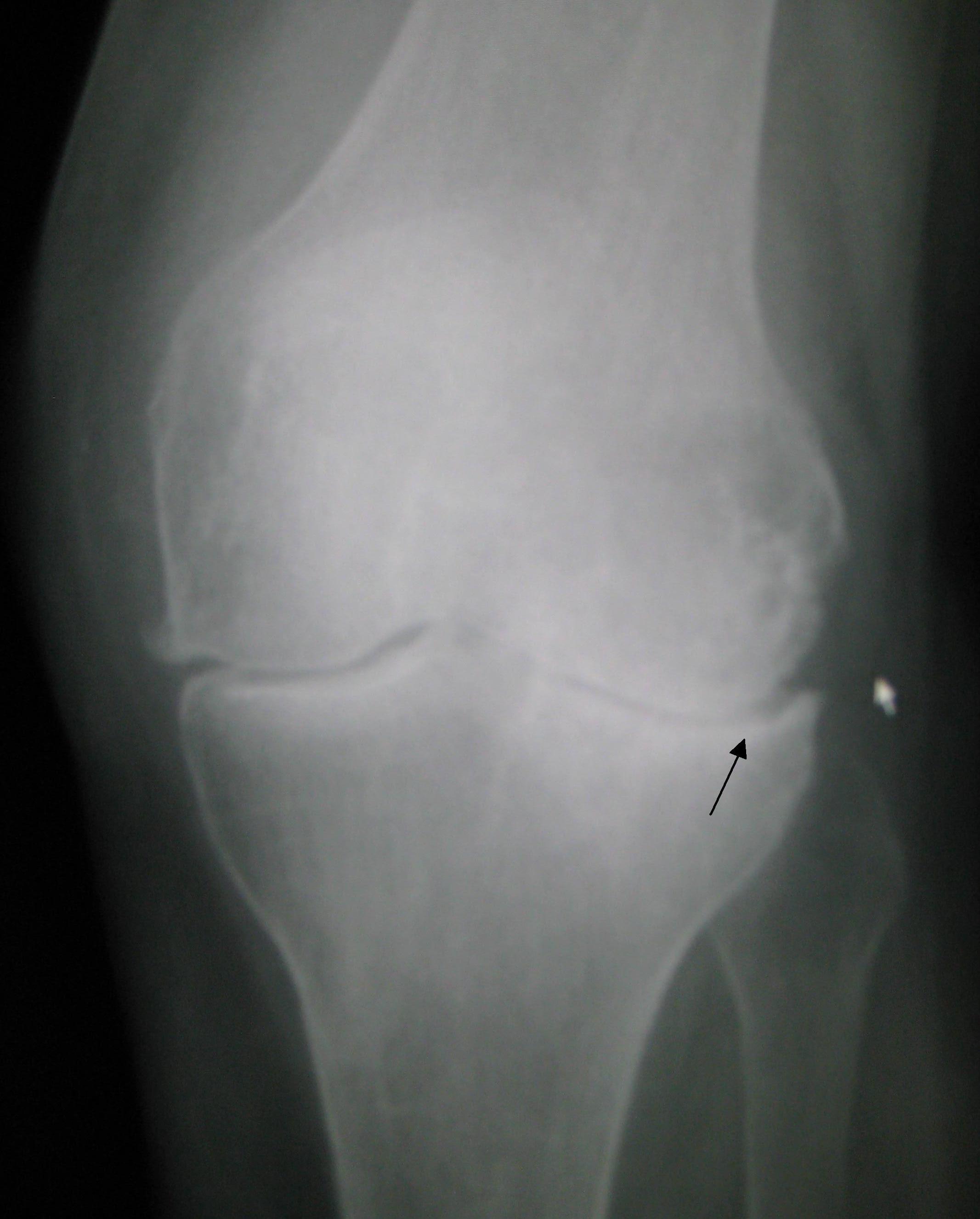
Knee osteoarthritis, per Wikimedia Commons: Primary osteoarthritis of the left knee. Note the osteophytes, narrowing of the joint space (arrow), and increased subchondral bone density (arrow). Curcumin helped reduce pain as much as ibuprofen in one study!
- In one human study, supplementation of Curcumin in patients with crippling Rheumatoid Arthritis resulted in a substantial decrease in inflammatory signs and improved movement around the joints.[8]
- In another study that assessed the efficacy of Curcumin alone or in combination with diclofenac (a type of NSAID) in people with active Rheumatoid Arthritis, they noted that Curcumin alone resulted in a greater drop in inflammatory symptoms (pain and swelling) than the diclofenac group.[19]
-
A study published in 2009 took 107 subjects with knee osteoarthritis and gave them either 800mg ibuprofen or 2g curcumin per day.
Curcumin worked just as well as the drug -- there were no significant differences between either group - both of them improved similarly!
Others have been cited throughout this write-up.
Point being...
The four mechanisms by which Curcumin works makes and the data surrounding its use in Arthritic patients makes it one of the best all round products currently available for joint pain management, joint degradation prevention and reduced joint inflammation.[2]
This sounds too good to be true, so what's the catch?
How to choose the right curcumin supplement
Curcumin does have one inherent downfall, but fortunately, it's easily overcome: standard curcumin is not readily absorbed -- it is rapidly metabolized through glucuronide.[14,15]
This means that very little unprepared curcumin actually makes it into circulation -- if taken in isolation.
This is where modern science and research saves the day and makes it more effective than ever before.
Making curcumin supplements actually work in reasonable doses
There are four main ways you can "activate" curcumin and make it more bioavailable to your system. We explain each one, and then show a PricePlow-powered price widget so you can compare prices:
-
Curcumin C3 Reduct
NutraBio's Curcumin Brings Bioavailability and Digestion Support, and it's of course third-party lab tested!
The latest and greatest technology with Curcumin is discussed in our NutraBio Curcumin Advanced article, where we look at Sabinsa Corporation's Curcumin C3 Reduct, which is standardized to a phenomenal 95% of tetrahydrocurcuminoids. It's actually colorless, as the compounds demethoxycurcumin and bisdemethoxycurcumin specifically are the cascading antioxidants (and the major metabolites) of curcuminoids that your body produces when reacting with curcumin, and these are the compounds shown to have such great antioxidant potential!
NutraBio Curcumin Advanced – Deals and Price Drop Alerts
Get Price Alerts
No spam, no scams.
Disclosure: PricePlow relies on pricing from stores with which we have a business relationship. We work hard to keep pricing current, but you may find a better offer.
Posts are sponsored in part by the retailers and/or brands listed on this page.
-
Add Piperine (black pepper extract)
Bioperine is the trusted, trademarked form of black pepper extract that promises 95% or greater piperine, which boosts curcumin bioavailability by as much as 2000%!
The active component of Black Pepper, piperine, can be taken in conjunction with Curcumin to inhibit Glucuronidation and get Curcumin to where it is needed.[16]
When taken in conjunction with 20mg of Piperine, a dose of 2000mg is commonly seen for its effects.[16]
The study cited above showed that piperine increased bioavailability by 2000%!
Below are some piperine-based curcumin supplements:
Curcumin with BioPerine – Deals and Price Drop Alerts
Get Price Alerts
No spam, no scams.
Disclosure: PricePlow relies on pricing from stores with which we have a business relationship. We work hard to keep pricing current, but you may find a better offer.
Posts are sponsored in part by the retailers and/or brands listed on this page.
Note that you may see it called "BioPerine" -- that is the most trusted tradenamed form of piperine, where they guarantee at least 95% piperine.[21]
-
Theracurmin
Theracurmin is a preparation that reduces the size of the Curcumin molecule by 100x and increases its stability and then mixed with bio-enhancers to increase its absorption. This preparation increases absorption 27 fold in humans[14,18]
The biggest issue here is that these supplements are expensive, but they seem to garner the most efficacy and the highest reviews. So if you're really struggling and aren't afraid to spend, you can consider skipping right to this.
Theracurmin – Deals and Price Drop Alerts
Get Price Alerts
No spam, no scams.
Disclosure: PricePlow relies on pricing from stores with which we have a business relationship. We work hard to keep pricing current, but you may find a better offer.
Posts are sponsored in part by the retailers and/or brands listed on this page.
Curcumin Phytosome / Meriva
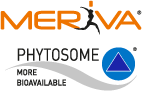
In terms of value, convenience, and efficacy, this is our choice in curcumin supplementation.
Meriva-500 is a patented Curcumin product that is Curcumin bound to phosphatidylcholine to improve absorption.[17]
One animal study found that absorption was increased 20 fold over normal Curcumin and one 3 month study in patients with osteoporosis, inflammation markers decreased and mobility increased over the studies duration.[14,17,18] The same 500mg dose was used during the trials. If using this complex, then a dose as small as 450mg has been shown to as effective as 4g of Curcumin.[14,17,18]
This is our preferred method of curcumin supplementation, since it makes for reasonable, single-capsule serving sizes, and anecdotally, is what's currently working best for us and is what prompted us to write this entire article.
This is also known as phytosome preparation -- you may see products named "Curcumin Phytosome".
Curcumin Phytosome – Deals and Price Drop Alerts
Get Price Alerts
No spam, no scams.
Disclosure: PricePlow relies on pricing from stores with which we have a business relationship. We work hard to keep pricing current, but you may find a better offer.
Posts are sponsored in part by the retailers and/or brands listed on this page.
Curcumin Dosage, how much is enough?
- 400mg Curcumin C3 Reduct
- 500mg Curcumin Phytosome / Meriva
- 1500mg to 2000mg of Curcumin with 20mg Piperine
- 500mg Theracurmin
If you use raw curcumin that hasn't been enhanced, doses of 6g daily (or the absorption equivalent of) have been associated with slight yellowing of the stool during use, so do not be alarmed if this occurs. Aside from these, large doses of up to 10g are considered wholly safe.[15,19]
Dosage timing: When to use
Curcumin is lipophilic, meaning that it is fat soluble.
So for added absorption (as an addition to the above, not instead of), coupling with a fat source may help the intestines produce micelles which carry fat soluble components through the lymph system to the tissues where it can enter circulation.[15]
For this reason, it makes sense to take it at the same time as your fish oil, which is discussed in our stacking section below.
Give it time:
Most herbal supplements take time to exert effects – Curcumin is no exception. Processes take time to work within the body and so a little patience is warranted.
Where to buy Curcumin supplements:
Click here to see our curcumin product category, where you can sign up for price drop alerts to get notified when there are deals on these products.
Curcumin – Deals and Price Drop Alerts
Get Price Alerts
No spam, no scams.
Disclosure: PricePlow relies on pricing from stores with which we have a business relationship. We work hard to keep pricing current, but you may find a better offer.
Posts are sponsored in part by the retailers and/or brands listed on this page.
But once again, some of the products in our main curcumin category shown above may require a far greater dose than the C3 Reduct-, Bioperine-, Phytosome-, or Theracurmin-based products, so we still recommend sticking with those.
But we're not done yet, because there's even more you can do if you're willing:
Stacking Curcumin:
However, if you're going to begin stacking multiple supplements, it's best to discuss with your doctor -- especially if you're taking prescription drugs. There could be interactions that are not discussed here.
Also, don't let this section overwhelm you. If you're new to supplements, stick to curcumin, fish oil, and possibly a multivitamin, and you'll be well on your way.
But if you want to aggressively attack joint and bone issues, you should also research the following:
For inflammation reduction:
-
Fish Oil
We prefer fish oil supplements that have been extracted for higher amounts of DHA and EPA, the two active fatty acid chains that show the most promising research.
Our preferred product is currently Jarrow Formulas Max DHA:
Jarrow Formulas Max DHA – Deals and Price Drop Alerts
Get Price Alerts
No spam, no scams.
Disclosure: PricePlow relies on pricing from stores with which we have a business relationship. We work hard to keep pricing current, but you may find a better offer.
Posts are sponsored in part by the retailers and/or brands listed on this page.
Our preferred fish oil supplement for high DHA, quality, and value
If you're not eating fatty fish twice per week or more, quality fish oil consumption should be very high on your list, regardless of your joint situation. Like curcumin, the amount of total health benefits are too long to list in a single article.
-
Cissus Quadrangularis
This is another herbal joint supplement that's discussed in this blog series on joint supplements.
In a few words, cissus is definitely worth looking into if you're dealing with new injury or broken bones.
Cissus Quadrangularis – Deals and Price Drop Alerts
Get Price Alerts
No spam, no scams.
Disclosure: PricePlow relies on pricing from stores with which we have a business relationship. We work hard to keep pricing current, but you may find a better offer.
Posts are sponsored in part by the retailers and/or brands listed on this page.
-
Boswellia
Another incredibly underrated anti-inflammatory that has been shown to be helpful against osteoarthritis. We plan on writing an article like this one on Boswellia as well.
Boswellin – Deals and Price Drop Alerts
Get Price Alerts
No spam, no scams.
Disclosure: PricePlow relies on pricing from stores with which we have a business relationship. We work hard to keep pricing current, but you may find a better offer.
Posts are sponsored in part by the retailers and/or brands listed on this page.
-
Glucosamine Sulfate
Although glucosamine is waning in popularity, there is quality research showing that it can provide minor pain relief and slightly delay knee osteoarthritis.
It is our theory that many users simply do not take the full dosage (due to a high number of large pills required), or do not stick with it long enough to get the effects.
Many consumers are not willing to take so many supplemental pills and tablets in one day, but if you're serious about joint relief, dosing as high as 3,000mg glucosamine per day is worth considering.
Glucosamine – Deals and Price Drop Alerts
Get Price Alerts
No spam, no scams.
Disclosure: PricePlow relies on pricing from stores with which we have a business relationship. We work hard to keep pricing current, but you may find a better offer.
Posts are sponsored in part by the retailers and/or brands listed on this page.
-
Grape Seed Extract (GSE)
In vitro, grape seed extract shows a lot of anti-inflammatory potential comparable to that of Aspirin, but in vivo research in humans is spotty. It's worth considering if you feel like testing something new out.
There are numerous cardiovascular benefits to GSE as well.
Grape Seed Extract – Deals and Price Drop Alerts
Get Price Alerts
No spam, no scams.
Disclosure: PricePlow relies on pricing from stores with which we have a business relationship. We work hard to keep pricing current, but you may find a better offer.
Posts are sponsored in part by the retailers and/or brands listed on this page.
-
NAC (N-Acetyl-Cysteine)
Normally known as a liver detox agent, NAC supplementation may lead to a small decrease in glutathione-S-transferase activity in leukocytes.
N-Acetyl-Cysteine – Deals and Price Drop Alerts
Get Price Alerts
No spam, no scams.
Disclosure: PricePlow relies on pricing from stores with which we have a business relationship. We work hard to keep pricing current, but you may find a better offer.
Posts are sponsored in part by the retailers and/or brands listed on this page.
For bone health:
-
Vitamin D-3 & K-2
We consider moderate to high dose Vitamin D-3 important to nearly anyone's supplement stack - 2000IU to 5000IU is the preferred range (don't go above 10,000IU though).
It even supports bone structure and has been shown to even reduce the risk of falls in elderly.
Vitamin D3 – Deals and Price Drop Alerts
Get Price Alerts
No spam, no scams.
Disclosure: PricePlow relies on pricing from stores with which we have a business relationship. We work hard to keep pricing current, but you may find a better offer.
Posts are sponsored in part by the retailers and/or brands listed on this page.
As for Vitamin K, it's nice to supplement because doses required for bone support are difficult to get through food alone. It typically helps to increase bone mineral density.
Vitamin K is one of the supplements that does not mix with some prescription drugs, so check with your doctor before using.
Vitamin K2 – Deals and Price Drop Alerts
Get Price Alerts
No spam, no scams.
Disclosure: PricePlow relies on pricing from stores with which we have a business relationship. We work hard to keep pricing current, but you may find a better offer.
Posts are sponsored in part by the retailers and/or brands listed on this page.
For convenience (and the fact that companies know this is a potent combination to begin with), some products come packaged together:
NOW Foods D-3 & K-2 - Deals and Alerts
Get Price Alerts
No spam, no scams.
Disclosure: PricePlow relies on pricing from stores with which we have a business relationship. We work hard to keep pricing current, but you may find a better offer.
Posts are sponsored in part by the retailers and/or brands listed on this page.
-
Calcium
Twin studies and large-scale meta analyses have shown that calcium supplements, while still controversial, do increase bone mineral density over the the course of a year and beyond.
It's worth keeping track of your calcium intake and considering supplementing, but some people already get plenty of calcium.
Calcium – Deals and Price Drop Alerts
Get Price Alerts
No spam, no scams.
Disclosure: PricePlow relies on pricing from stores with which we have a business relationship. We work hard to keep pricing current, but you may find a better offer.
Posts are sponsored in part by the retailers and/or brands listed on this page.
-
Magnesium
A study in healthy women showed that magnesium supplementation also improved bone mineral content.
Unlike calcium, most people do not get enough magnesium. Once again, log your diet for a few weeks in a calorie counter app and see where your mineral numbers truly add up.
Magnesium – Deals and Price Drop Alerts
Get Price Alerts
No spam, no scams.
Disclosure: PricePlow relies on pricing from stores with which we have a business relationship. We work hard to keep pricing current, but you may find a better offer.
Posts are sponsored in part by the retailers and/or brands listed on this page.
Calcium and Magnesium Combo Supplements
Because they work so well together, the two are often paired together, such as in the products below:
Calcium & Magnesium – Deals and Price Drop Alerts
Get Price Alerts
No spam, no scams.
Disclosure: PricePlow relies on pricing from stores with which we have a business relationship. We work hard to keep pricing current, but you may find a better offer.
Posts are sponsored in part by the retailers and/or brands listed on this page.
- Cissus Quadrangularis, as discussed above for broken bones.
Joint pain, osteoarthritis, and other related ailments can severely hamper your life. It's incredibly important to stay fit, stay positive, and talk to your doctor about anything you can do to make improvements. Remember, unless you have a life-threatening issue, surgery should usually be your last resort, and most doctors will tell you that!
Quality curcumin is definitely worth it
When all's said and done, the pros of enhanced curcumin supplements far outweigh any day-to-day cost concerns -- especially when seeing the best deals through PricePlow.
Thank you for your interest. Please leave any comments or questions below, and join us on Facebook and Twitter for more updates on our joint supplement series!
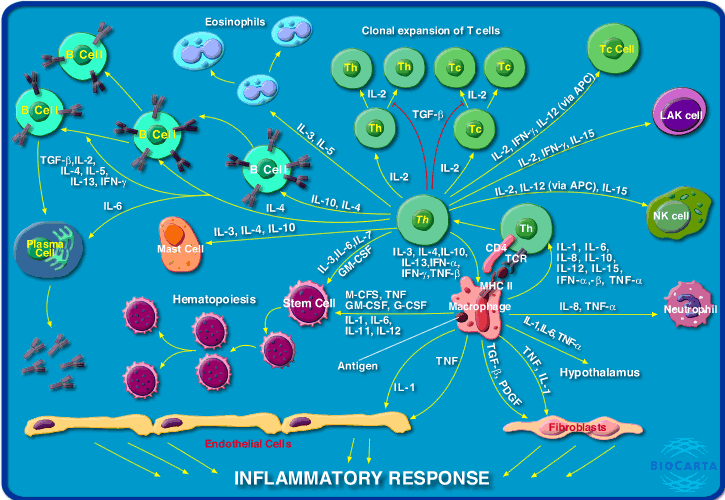
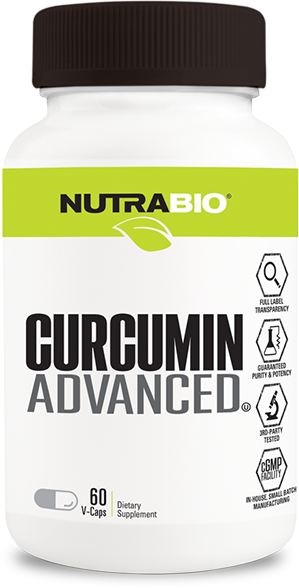
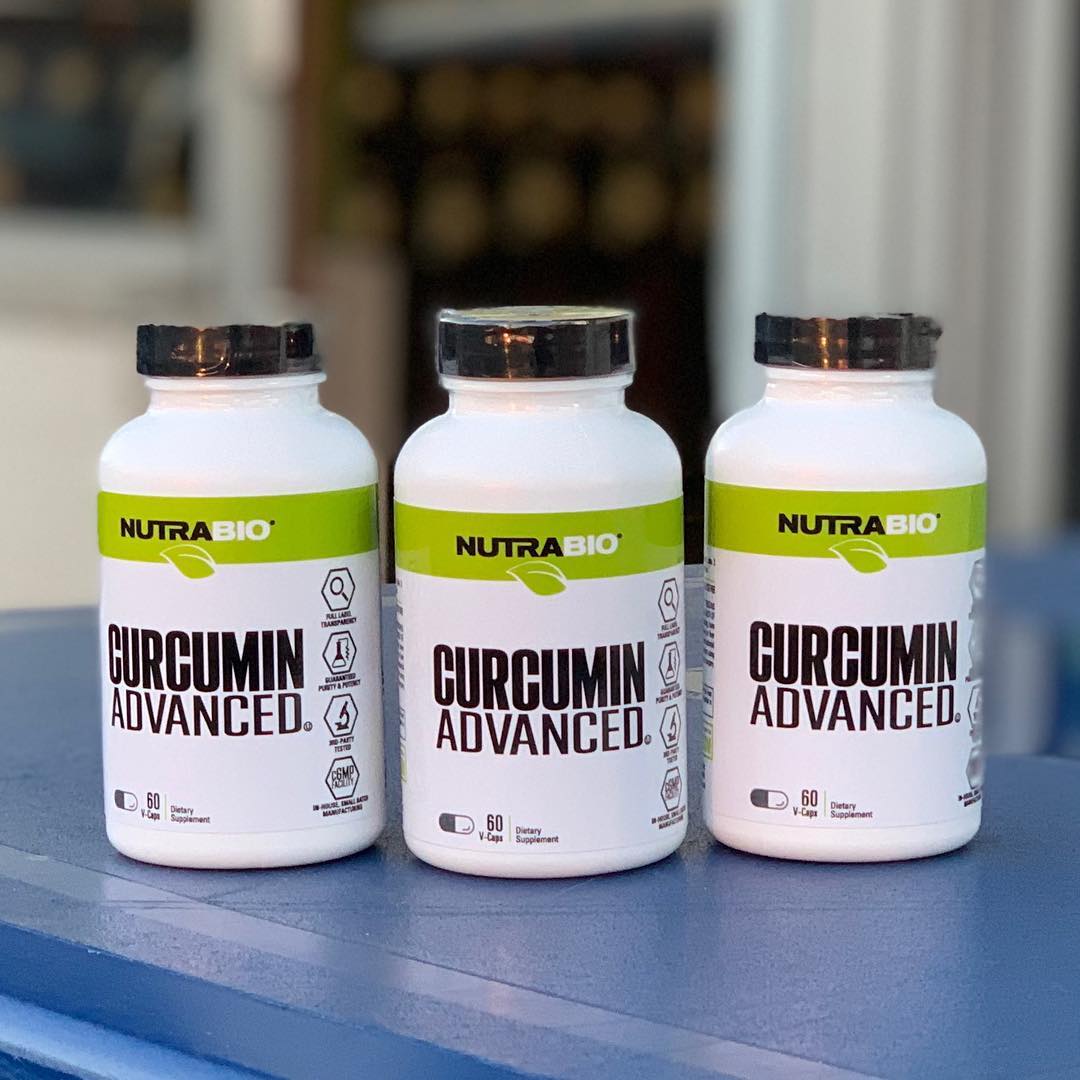
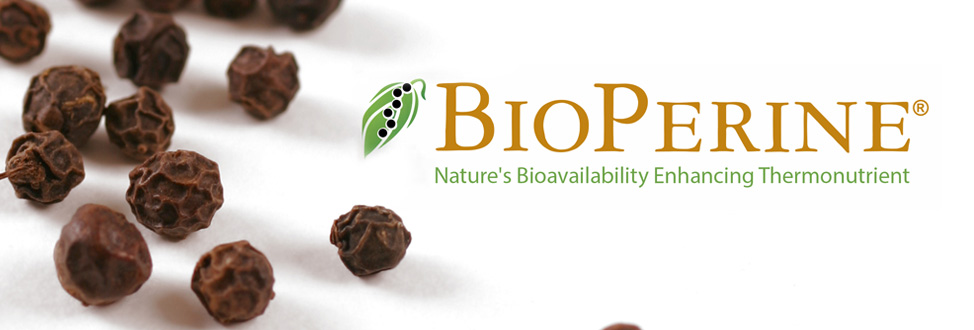
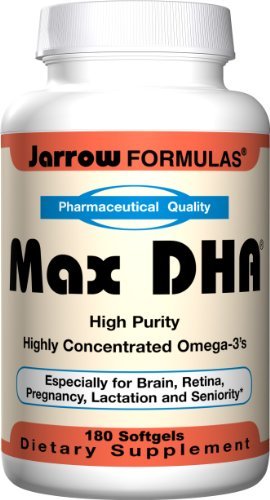

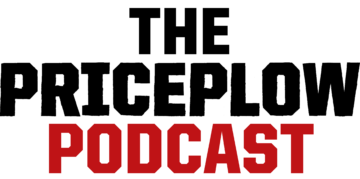
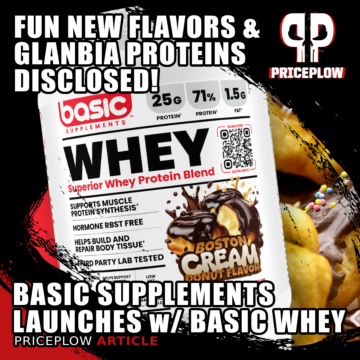
Comments and Discussion (Powered by the PricePlow Forum)